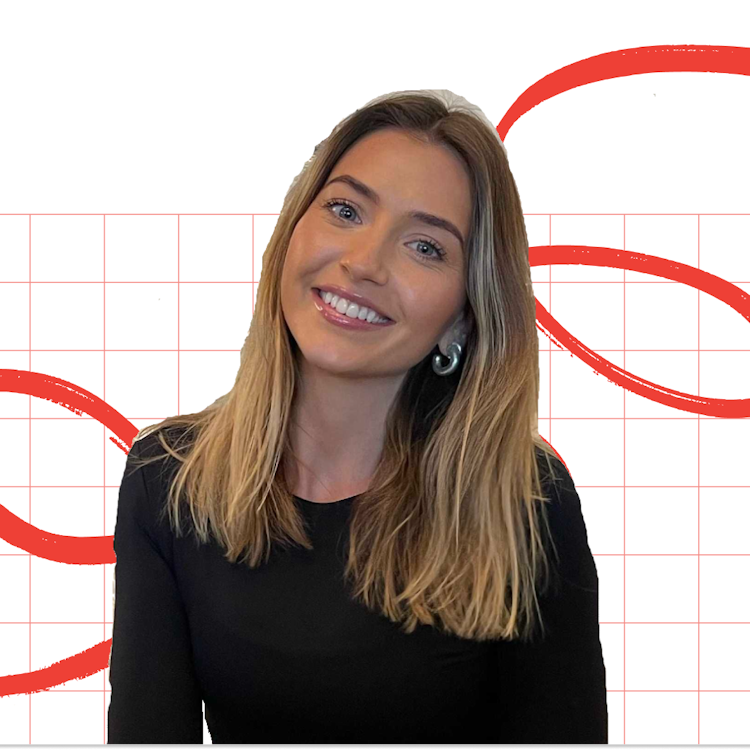Sustainable luxury fashion platform Cult Mia is a perfect use case for Pinterest. But it’s not just companies with a physical product and “strong visual content” that can benefit from the platform, says Sasha Allan, who leads all things marketing at Cult Mia. Others just “have to think outside the box a bit more”.
Cult Mia’s use of Pinterest has increased over time, explains Sasha: “Initially, we used the platform to create an organic presence, i.e. not paid for content. We found it to be a great channel for creating brand awareness and driving traffic to the site. Now, we also use its paid options as a very successful acquisition tool.”
Here, Sasha shares her top tips for getting started with Pinterest.
Invest in creating beautiful visuals
Pinterest is about the aesthetic. High quality images or videos are essential. What’s great about Pinterest compared to most other social media is that video isn’t a requirement nor is it preferred. Images are weighted equally. Ensure that your visuals — which are called Pins — reflect your brand's style. There’s no point in creating something bright and colourful to attract a new audience when your branding is neutral or muted tones. You’ll lose their interest and trust as soon as they land on your site. It’s also not just pretty product images. You can create infographics, inspirational images, how-to guides or typography, for example. In the early days, you don’t have to overcomplicate this or spend tonnes of money. You can use great product shots or Canva to build your content.
Focus on quality, not quantity
Recency isn’t a huge factor in Pinterest’s algorithm. You don’t need to be posting a certain amount of times per week to be seen. Bulk uploads work just as well. Focus on getting the Pins you do have to be the best they can be which, as well as the visual, includes writing useful descriptions, adding alternative text or maybe curating collections.
Focus on SEO
Pins need to be discovered. To do that, you need to write descriptions with keywords that your target audience may be searching for. You can also use these keywords in the Pin’s title or image file name. You want to have as many opportunities for your content to be surfaced — either on the platform itself or in search engine results. To figure out what your keywords are, you need to do a bunch of research. Use keyword search tools like Google Keyword Planner, Ahrefs or Semrush. You can also check your analytics to see what keywords are already driving traffic to your site.
Connect your product catalogue
Add your products to Pinterest as product Pins. Every product you have on your site will automatically be shared across Pinterest with up-to-date product information like description, pricing and quantity in stock. These are shoppable from within the platform. You can integrate your e-commerce platform like Shopify or WooCommerce or do it manually — Pinterest has excellent guides for developers. You can also run specific shopping ads on these types of Pins.
Curate topics
You want to meet your potential customers where they are. For example, we know that Pinterest is a huge source of wedding inspiration. For us, curating wedding guest outfits and bridal looks is a great way to increase impressions and engagements in certain product categories of ours, like dresses. Where can you expand your reach?
Start with organic
If you’re just starting out with the platform, create organic content. It’s a low-risk option to explore whether it works for you. Analyse where your traffic and brand awareness comes from — keywords, specific content, etc. You can then push that further with more targeted paid activations to drive better conversions. Like any paid investment, give yourself time to test and learn — use Pinterest’s analytics and Google Analytics. You need to understand what does and doesn’t work before increasing your ad spend.
Dive into Pinterest Trends
Use it to see what’s trending. Check out the search volumes for similar types of companies to yours. What’s driving traffic to them? Which keywords or topics work for them? What’s trending in terms of product types — this could be niche things like colours, styles, types of infographics, etc. You can also use these insights across marketing channels, not just Pinterest.
On the subject of… Pinterest marketing
1. The 101. How to actually create content for Pinterest.
2. Copy for Pinterest. How to pique the interest of new audiences and drive them to your site.
3. Pinterest isn’t just for B2C marketing.
4. Send users to your long-form content. If you’re using Pinterest to attract top-of-the-funnel customers, you want to continue to build a relationship between them and your brand — don’t immediately sell to them.



